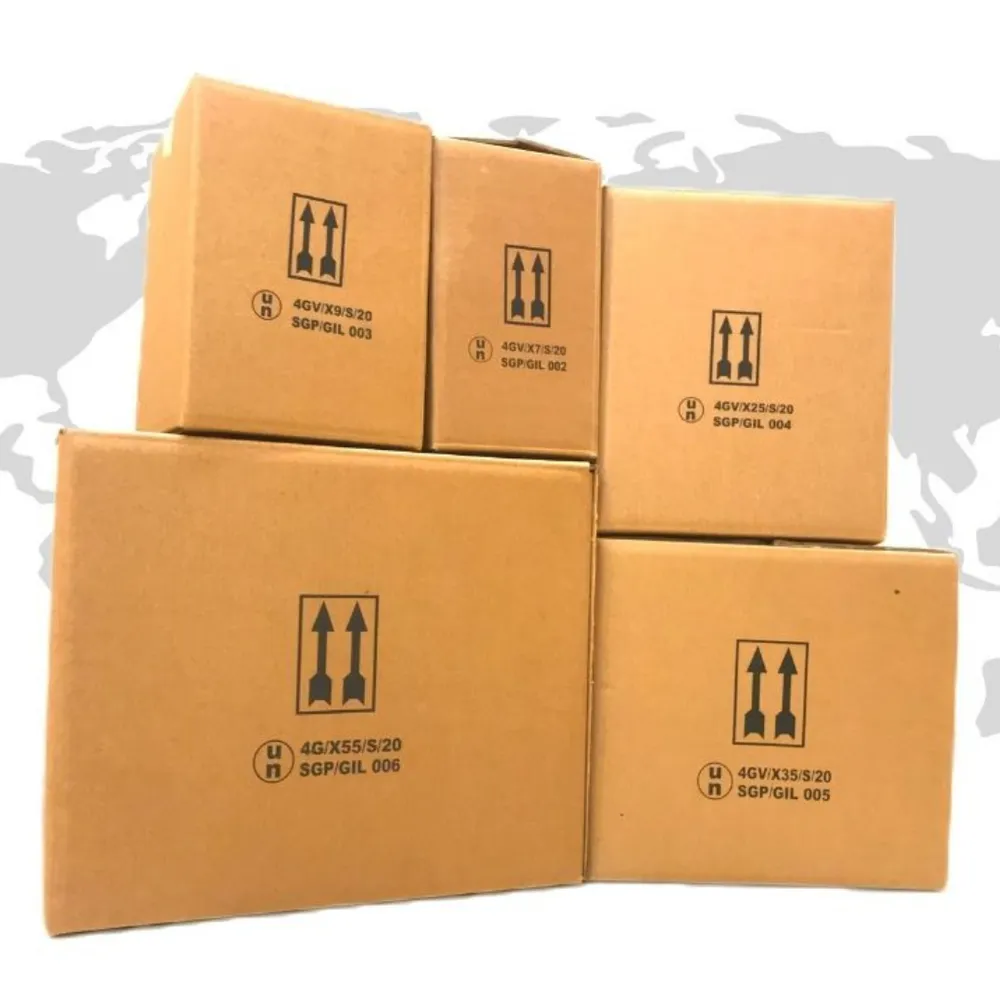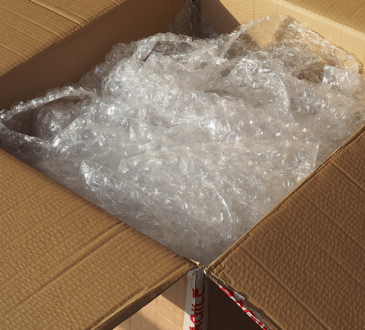
The transportation of hazardous materials is a crucial aspect of many industries, including chemical manufacturing, pharmaceuticals, and oil and gas. However, the safe transport of these materials is fraught with risks, which can result in serious consequences if not managed properly.
To mitigate these risks, the United Nations has established a set of regulations for the safe transport of hazardous materials, which includes the use of 4G boxes.
What is a UN 4G Box?
A UN 4G box is a type of packaging that is specifically designed to transport hazardous materials safely. It is made of a combination of materials, including cardboard, plastic, and metal, and is designed to withstand the rigors of transportation, including vibration, impact, and compression.
The UN 4G box is designed to meet specific requirements set forth by the United Nations, which include:
- The box must be capable of withstanding a drop from a height of 1.2 meters without leaking or breaking.
- The box must be capable of withstanding a stack of boxes without collapsing.
- The box must be capable of withstanding a puncture test without leaking.
- The box must have proper labeling and markings to identify the contents and any hazards associated with them.
Why is Compliance with UN 4G Box Requirements Important?
Compliance with UN 4G box requirements is essential for the safe transport of hazardous materials. Failure to comply with these requirements can result in serious consequences, including:
- Safety hazards: Non-compliant packaging can lead to leaks, spills, and other safety hazards that can put people and the environment at risk.
- Legal liabilities: Companies that fail to comply with UN 4G box requirements can face legal liabilities, including fines, penalties, and legal action.
- Damage to reputation: Non-compliance can damage a company’s reputation, leading to a loss of business and customers.
How to Ensure Compliance with UN 4G Box Requirements
To ensure compliance with UN 4G box requirements, companies must take several steps, including:
- Identify hazardous materials: Companies must identify the hazardous materials they are transporting and ensure that they are classified and labeled correctly.
- Choose the right packaging: Companies must choose the right packaging for the hazardous materials they are transporting. This includes selecting the appropriate UN 4G box that meets the specific requirements for the hazardous material being transported.
It is important to note that not all hazardous materials can be transported in the same type of packaging, so it is essential to choose the right packaging for each specific material.
- Train employees: Companies must provide proper training to employees who are involved in the transport of hazardous materials. This includes training on the proper handling and packaging of hazardous materials, as well as the regulations set forth by the United Nations.
- Conduct regular inspections: Companies must conduct regular inspections of the packaging used for transporting hazardous materials to ensure that they are in compliance with UN 4G box requirements. This includes checking for any damage or defects that could compromise the safety of the packaging.
- Keep records: Companies must keep detailed records of the transport of hazardous materials, including the type of packaging used, the contents of the packaging, and any incidents or accidents that occur during transport. These records can be used to demonstrate compliance with UN 4G box requirements in the event of an audit or inspection.
Conclusion
Compliance with UN 4G box requirements is essential for the safe transport of hazardous materials. Failure to comply with these requirements can result in serious consequences, including safety hazards, legal liabilities, and damage to reputation.
To ensure compliance, companies must identify hazardous materials, choose the right packaging, train employees, conduct regular inspections, and keep detailed records.




